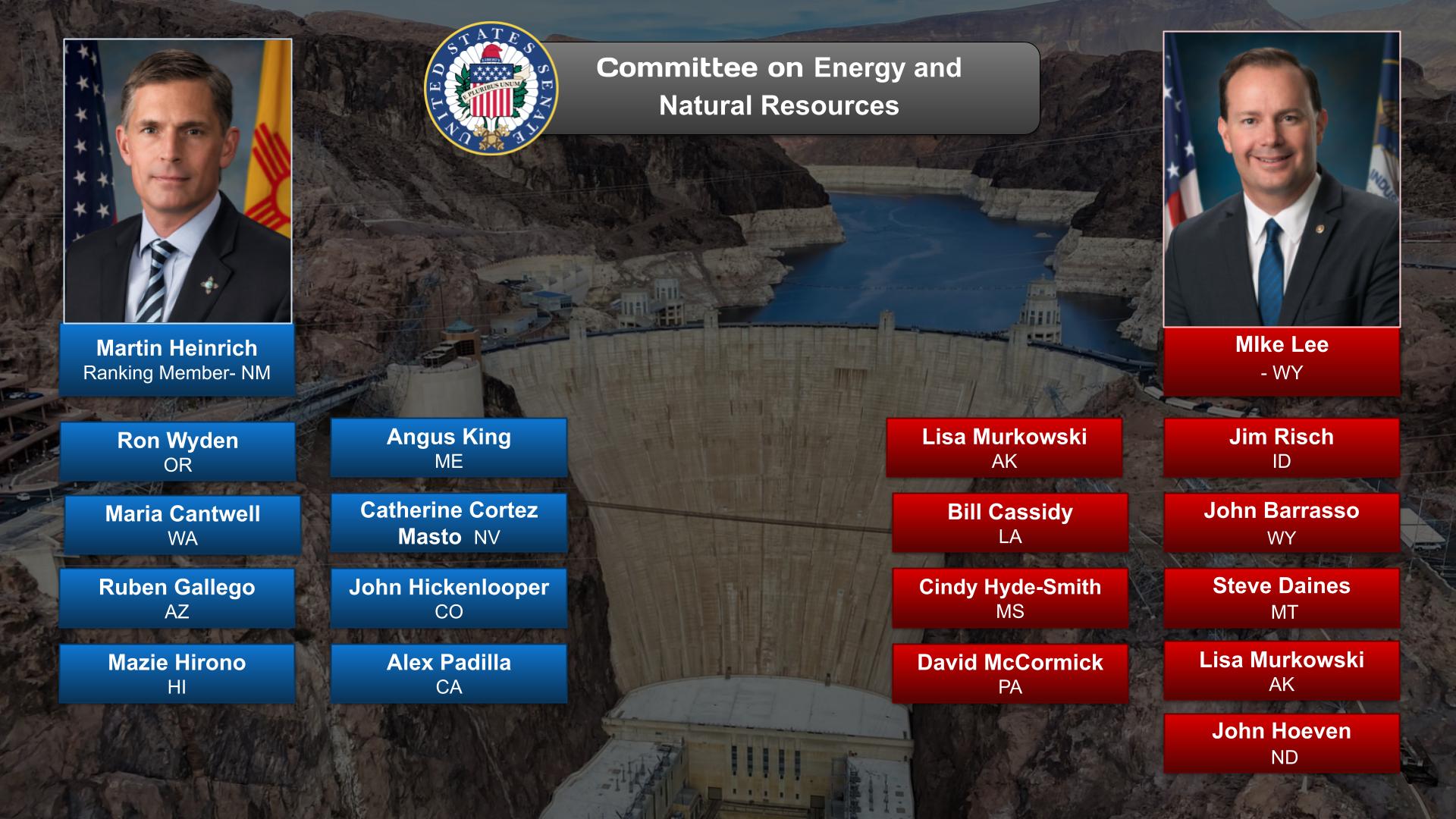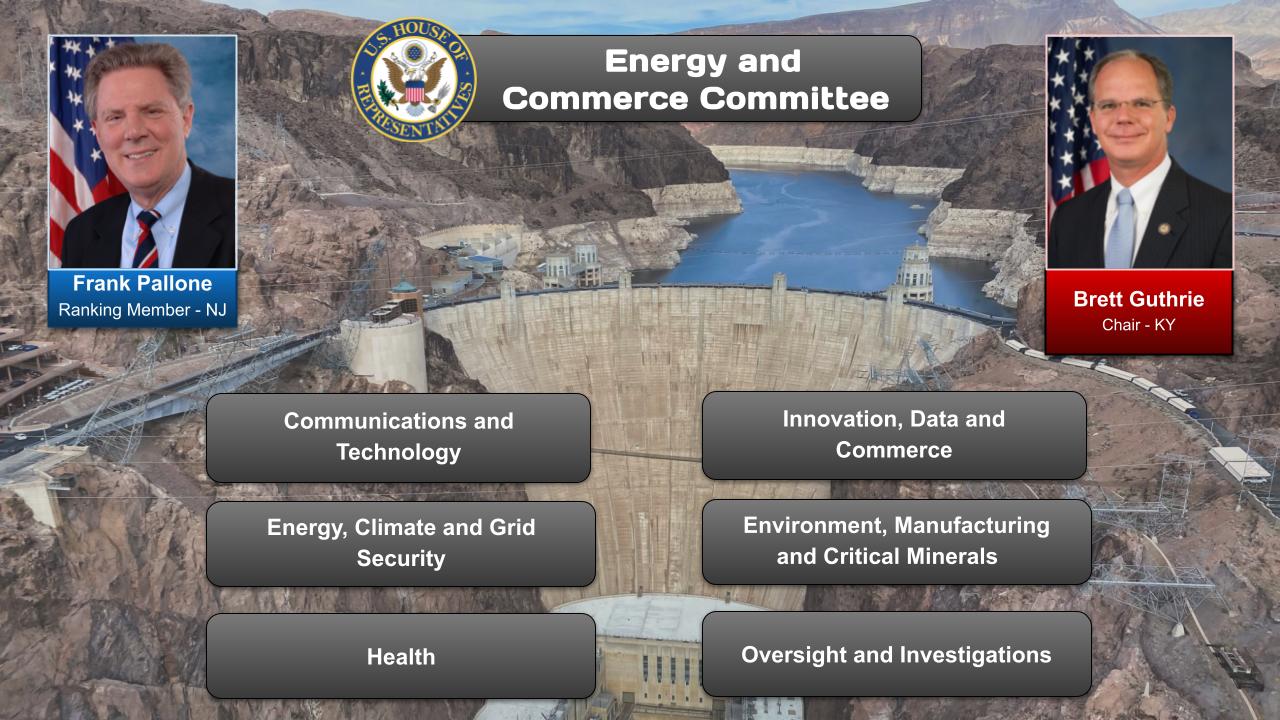Pollution is the introduction of contaminants into the natural environment that cause adverse change. Pollution can take the form of any substance (solid, liquid, or gas) or energy (such as radioactivity, heat, sound, or light). Pollutants, the components of pollution, can be either foreign substances/energies or naturally occurring contaminants.
- In the ‘About’ section of this post is an overview of the issues or challenges, potential solutions, and web links. Other sections have information on relevant legislation, committees, agencies, programs in addition to information on the judiciary, nonpartisan & partisan organizations, and a wikipedia entry.
- To participate in ongoing forums, ask the post’s curators questions, and make suggestions, go to the ‘Discuss’ section at the bottom of the post.
The Pollution category has related posts on government agencies and departments and committees and their Chairs.
04/08/2020 (12:05)
https://www.youtube.com/watch?v=sZHuZkUUYM4
North Carolina’s Cape Fear River is a massive water system. It stretches across the lower half of the state, collecting runoff from 29 counties and providing water to millions of people. But in the city of Wilmington, where the river meets the Atlantic Ocean, the water has residents worried. In a 2019 test of tap water, Wilmington and neighboring Brunswick county were among the top five areas for high levels of PFAS, or per- and polyfluoroalkyl substances — a group of man-made chemicals commonly used for making nonstick or water-resistant products.
Now North Carolina is reckoning with the legacy of pollution upstream — and discovering what decades of PFAS contamination means for the rest of the country.
OnAir Post: Pollution














